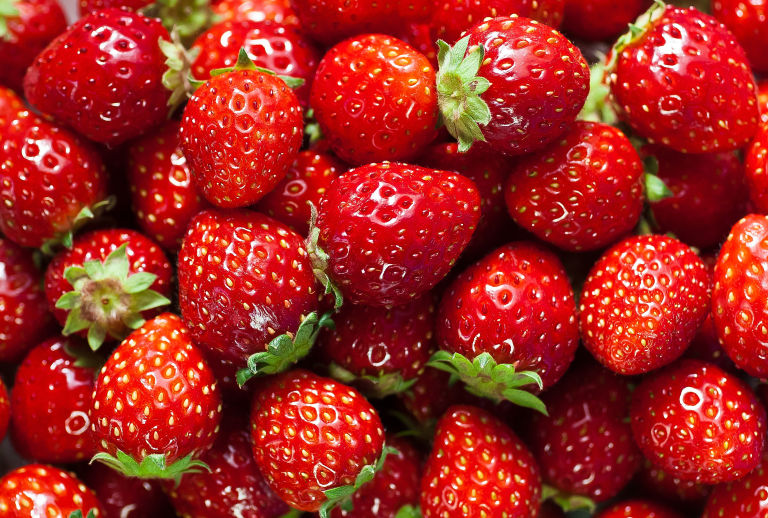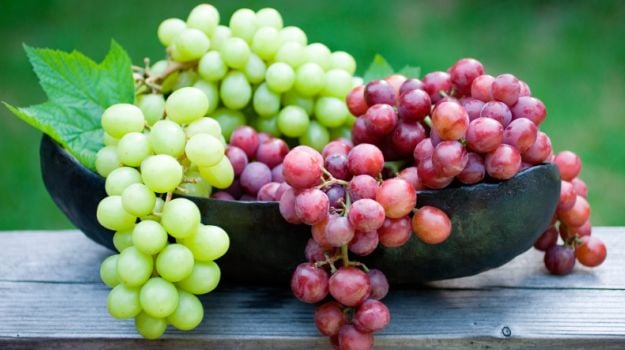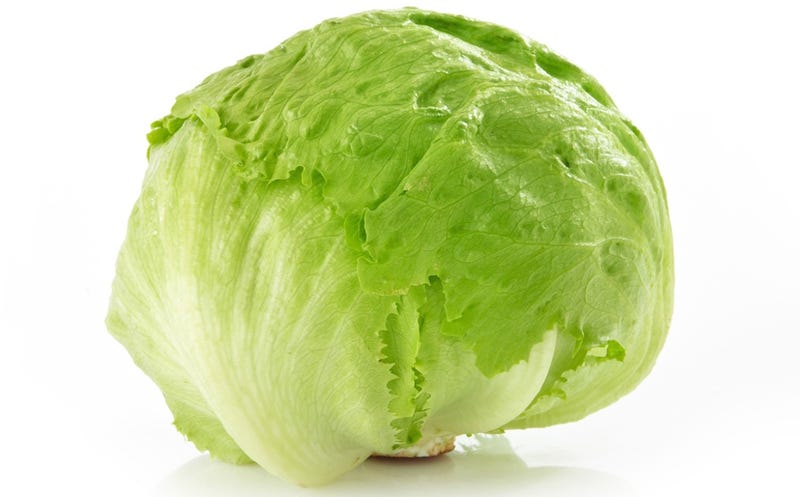Some of those beautiful fruits and vegetables you see may not be as beneficial as you suppose they are. In fact, some of them contain little doses of poisons in the form of pesticide residues.
While many of the locally grown farm produce may not be as exposed to pesticides, many popular exotic fruits are. In several medical studies, exposure to pesticide has been linked to Alzheimer’s and Parkinson’s disease, autism and endometriosis.
The Environmental Working Group (EWG), an American environmental organisation that specialises in research and advocacy in the areas of toxic chemicals, agricultural subsidies, public lands, and corporate accountability, listed 12 of the guiltiest foods in the latest edition of its annual rating of conventional foods with the most and least pesticide residues.
Here is the list of guilty fruits in the order of amount of pesticide residue they contain, tagged by the EWG, as the “Dirty Dozen”.
1. Apples

2. Sweet Bell Peppers

3. Celery

4. Strawberries

5. Cherries

6. Pears

7. Grapes

8. Spinach

9. Lettuce

10. Potatoes

These fruits retain considerable chemical residue because they have thin skins through which the pesticides easily penetrate.
But, does this disclosure mean there are no clean fruits? Gladly, no. The organic versions of these fruits, grown without any chemical use, may be bought from specialised organic niche markets.
EWG provided a list of clean crops too. If you must eat fruits and veggies and you are concerned about the chemical residue content, here are the clean ones: Onions, Avocado, Sweet Corn, Pineapples, Mango, Asparagus, Sweet Peas, Kiwi Fruit, Bananas, Cabbage, and pawpaw.
Whatever you decide to do, it saves to remember that fruits and veggies help reduce the risk of heart diseases, obesity and other diet-related conditions. It also pays to remember that locally grown fruits and veggies may not be as exposed to potentially harmful pesticides as their imported variety.











